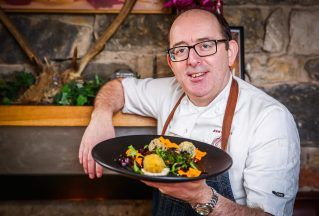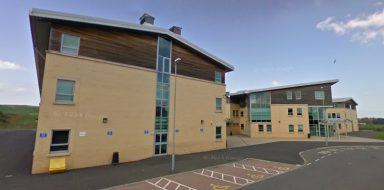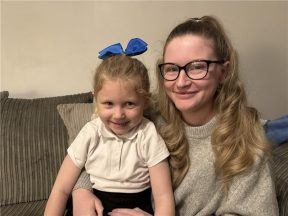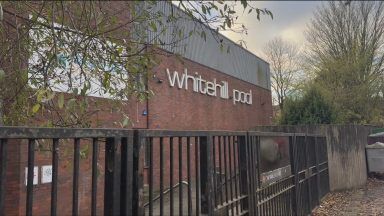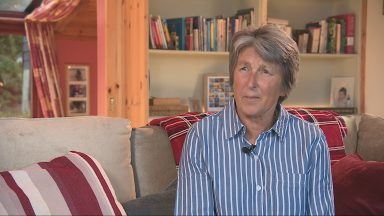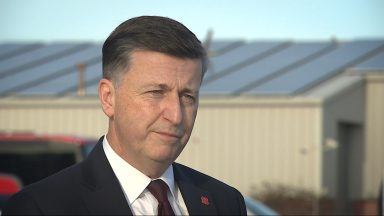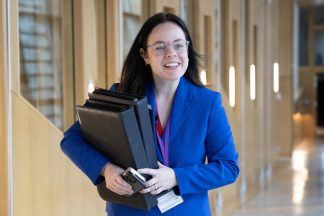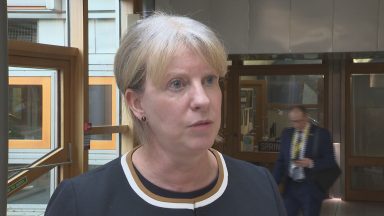At least one in four children are living in poverty after housing costs across a third of Scotland’s Westminster constituencies, new figures show.
Analysis from Loughborough University reveals that two-thirds of MPs across the UK represent areas where child poverty affects at least one in four children.
While devolved policies in Scotland, such as the Scottish Child Payment, have helped reduce overall poverty levels, a third of Scottish MPs still serve constituencies where more than 25% of children live in poverty.
Constituencies with the highest child poverty rates in the UK include Birmingham Ladywood, Bradford West and Leeds South.
In Scotland, the highest rates were found in Glasgow East, Glasgow South West and Glasgow North East.
The annual analysis by the Centre for Research in Social Policy at Loughborough University looks at local poverty rates after housing costs, which is seen as a more accurate assessment of disposable family income. The UK Government already release data that shows local poverty levels before housing costs are calculated.
The report also finds that there is a an “extremely high correlation” between the two-child limit to Universal Credit policy and the proportion of children in poverty in each constituency.
Dan Paskins, vice-chair of the UK wide End Child Poverty Coalition, said: “Each year this data presents a bleak picture of life for the UK’s children.
“A record number are now in poverty and it’s under the noses of our MPs, particularly Cabinet members: 80% of Keir Starmer’s Cabinet represent constituencies with higher than average child poverty rates.
“The time for action is now, and the Comprehensive Spending Review, and forthcoming child poverty strategy should involve bold action.
“Due to the analysis’ finding a strong correlation between child poverty rates in local areas and the number of children impacted by the two-child limit to Universal Credit, it is essential this policy is scrapped as soon as possible.”
Speaking on behalf of Scottish members of the End Child Poverty coalition, John Dickie said: “Child poverty is lower in Scotland and Holyrood policies are driving real progress, but these statistics are a stark reminder that across the country far too many children are still being left behind.
“Children are living in hardship in every part of Scotland and in some constituencies one in three children are still locked in poverty.
“We need to see the UK government step up to the plate with a child poverty strategy that abolishes the two-child limit as an essential starting point.
“Here in Scotland all the political parties need to commit to investing more in the Scottish child payment, childcare, housing and parental employment if Scotland is to meet the statutory child poverty targets that they all backed.”
Across the UK, 31% of children in the UK are living in relative poverty, which equates to 4.5 million children. Overall, 42% of constituencies have a higher-than-average poverty rate.
That includes the Prime Minister, Keir Starmer’s constituency Holborn and St Pancras with a child poverty rate at 47%. Other Cabinet members, Secretary of State for Justice, Shabana Mahmood, Northern Ireland Secretary, Hilary Benn, Foreign Secretary David Lammy, and Pat McFadden, Lord Chancellor, all have child poverty rates of over 40%.
The UK Government has promised to deliver a Child Poverty Strategy and drive down child poverty across the UK.
A UK Government spokesperson said: “No child should be in poverty – that’s why our Ministerial Taskforce is exploring all levers available across government to give children across the United Kingdom the best start in life.
“As we fix the foundations of the economy to make everyone better off, our Get Britain Working plan and the landmark Employment Rights Bill will help people find and maintain better paid and more secure jobs with stronger rights. We have increased the National Living Wage and are capping how much Universal Credit can be taken for debt repayments to put more money in people’s pockets and help families build a brighter future.
“Both of Scotland’s governments must work together to help more people into work, while always supporting those who cannot.”
Social Justice Secretary Shirley-Anne Somerville said: “I welcome this report from the End Child Poverty Coalition. We are absolutely committed to meeting the 2030 child poverty targets and thanks to the actions we are already taking, families in the poorest 10% of households are estimated to be £2,600 a year better off in 2025-26 and this value is projected to grow to an average of £3,700 a year by 2029-30.
“However our policies are having to work harder in the current economic context and as a result of decisions taken by the UK Government, such as keeping the two-child limit on Universal Credit which are holding back Scotland’s progress.
“While the Joseph Rowntree Foundation predict child poverty will rise in other parts of the UK by 2029, they highlight that policies such as our Scottish Child Payment, and our commitment to mitigate the two-child limit, are behind Scotland ‘bucking the trend’.
“We will publish our third child poverty delivery plan by the end of March 2026, setting out the actions to be taken between 2026-2031 to meet the 2030 targets. We will continue working closely with stakeholders, including the Joseph Rowntree Foundation, to shape that plan.”
Follow STV News on WhatsApp
Scan the QR code on your mobile device for all the latest news from around the country


 iStock
iStock



